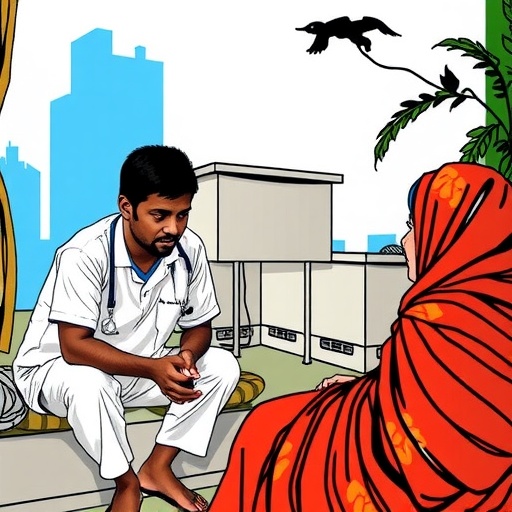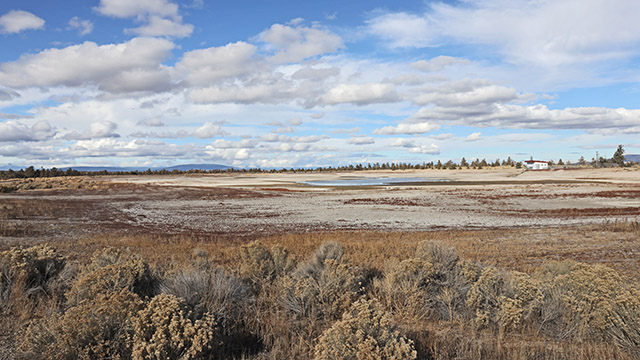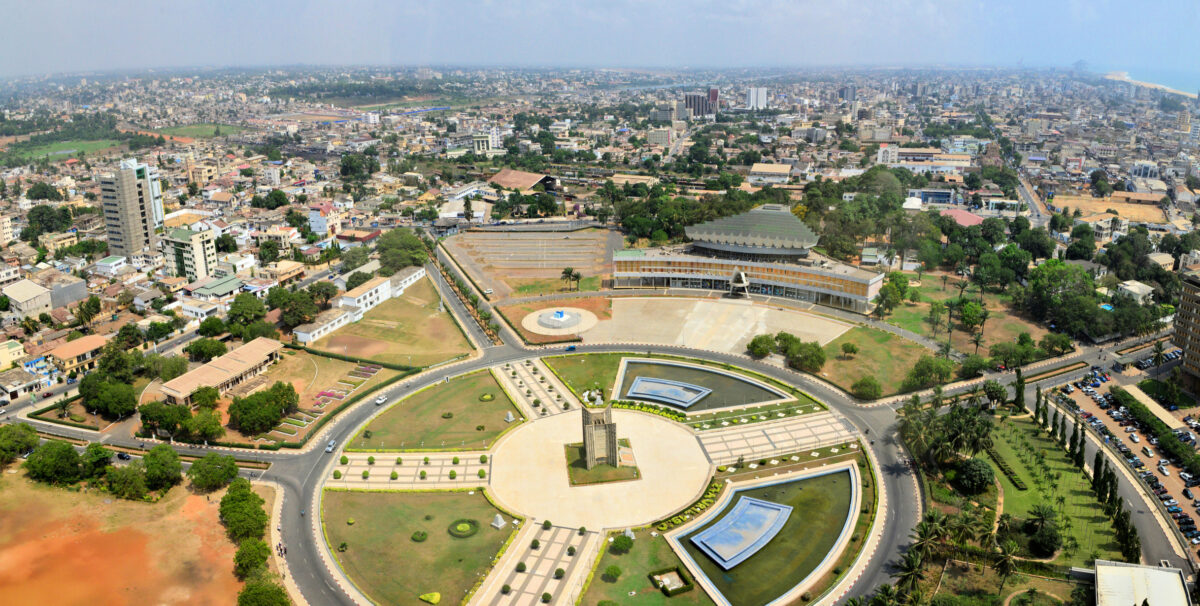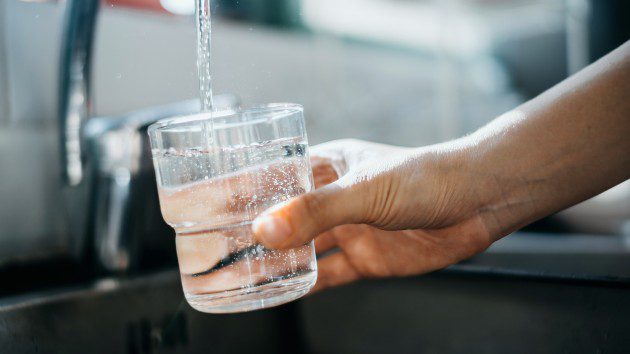Celebrate National Water Quality Month: Protect Our Water – Valley Water News

Report on Water Management and Sustainable Development Goals
Introduction: National Water Quality Month and Global Objectives
National Water Quality Month serves as a critical reminder of the importance of water resources, aligning directly with the United Nations’ Sustainable Development Goals (SDGs). The protection and management of water quality are fundamental to achieving several global targets, most notably SDG 6 (Clean Water and Sanitation), SDG 3 (Good Health and Well-being), and SDG 9 (Industry, Innovation, and Infrastructure). This report details the operational activities of Valley Water, analyzing them through the framework of the SDGs.
Alignment with SDG 6: Clean Water and Sanitation
Ensuring Universal Access to Safe Drinking Water (Target 6.1)
Valley Water’s core mission is to provide Santa Clara County with a reliable supply of safe, clean water, directly contributing to the goal of universal access. This is achieved through a multi-faceted approach:
- Source Monitoring: Proactive water quality management begins at the source. Staff collect and analyze samples from local reservoirs and imported water sources to inform the treatment process.
- Advanced Water Treatment: Three primary treatment plants—Santa Teresa, Penitencia, and Rinconada—are operated to clean and disinfect water. These facilities have a combined production capacity of up to 220 million gallons of drinking water per day, ensuring a consistent supply for the community.
Improving Water Quality and Promoting Reuse (Target 6.3)
A key aspect of SDG 6 is the reduction of pollution and the promotion of water recycling and reuse. Valley Water addresses this through innovative technology:
- Advanced Water Purification: The Silicon Valley Advanced Water Purification Center treats wastewater using microfiltration, reverse osmosis, and ultraviolet light.
- Water Reuse Initiative: The resulting purified water, which meets drinking water standards, is currently used for non-potable purposes like irrigation. The Purified Water Project aims to use this resource for groundwater recharge, contributing to a sustainable and circular water economy.
Contributions to Interconnected SDGs
Safeguarding Public Health (SDG 3: Good Health and Well-being)
The provision of clean water is intrinsically linked to public health outcomes, specifically Target 3.9, which aims to reduce illnesses from water pollution and contamination.
- Rigorous Laboratory Testing: A state-accredited Environmental Laboratory Accreditation Program (ELAP) facility conducts comprehensive testing on water samples from across the system.
- Contaminant Analysis: Tests screen for a wide range of substances, including nutrients, metals, and toxins, to ensure all regulatory standards are met or exceeded.
- PFAS Monitoring: The laboratory is accredited to test for 29 Per- and Polyfluoroalkyl Substances (PFAS), demonstrating a proactive stance on managing emerging contaminants and protecting public health.
Investing in Sustainable Infrastructure (SDG 9: Industry, Innovation, and Infrastructure)
Maintaining and upgrading water infrastructure is essential for building resilient systems, a core component of SDG 9. Valley Water is engaged in a long-term modernization plan:
- A $20.6 million project to replace 12 large filters at the Santa Teresa treatment plant has been completed.
- Upgrade projects are currently underway at the Penitencia and Rinconada treatment plants.
- These investments ensure the long-term reliability and sustainability of the county’s water treatment infrastructure, guaranteeing the continued delivery of high-quality drinking water.
Conclusion: A Comprehensive Approach to Water Stewardship
The operations of Valley Water exemplify a holistic commitment to water management that aligns with multiple Sustainable Development Goals. The organization’s efforts in water treatment, infrastructure modernization, and advanced purification contribute directly to a sustainable and healthy future for its community.
- SDG 6 (Clean Water and Sanitation): Achieved through comprehensive treatment and pioneering water reuse technologies.
- SDG 3 (Good Health and Well-being): Supported by rigorous laboratory testing that exceeds regulatory standards.
- SDG 9 (Industry, Innovation, and Infrastructure): Advanced through strategic investments in modernizing critical water infrastructure.
- SDG 11 & 12 (Sustainable Cities and Responsible Consumption): Promoted by ensuring a resilient water supply and developing a circular water economy through purification and reuse.
Analysis of Sustainable Development Goals in the Article
1. Which SDGs are addressed or connected to the issues highlighted in the article?
The article discusses issues and actions that are directly and indirectly connected to several Sustainable Development Goals (SDGs). The primary focus is on water quality and management, but this extends to public health, infrastructure, and community resilience.
- SDG 6: Clean Water and Sanitation: This is the most prominent SDG in the article. The entire text is dedicated to the importance of water quality, the processes for treating water, and ensuring a safe supply. It details the efforts of Valley Water “to provide Santa Clara County with safe, clean water.”
- SDG 3: Good Health and Well-being: The article establishes a clear link between water quality and public health. It states that “Clean water is essential for health” and that “protecting water helps protect our health.” By ensuring water is free from pollutants, the efforts described contribute directly to preventing water-related illnesses.
- SDG 9: Industry, Innovation and Infrastructure: The article addresses the challenge of “old infrastructure” and highlights significant investments in modernizing water treatment facilities. The mention of a “$20.6 million project” to replace filters and other “upgrade projects” points to the development of quality, reliable, and sustainable infrastructure.
- SDG 11: Sustainable Cities and Communities: The work of Valley Water is focused on providing an essential service to a specific community, Santa Clara County. The article discusses making the water supply resilient to threats like “drought” through projects like the “Purified Water Project,” which contributes to the sustainability and safety of the community.
2. What specific targets under those SDGs can be identified based on the article’s content?
Based on the actions and objectives described in the article, several specific SDG targets can be identified:
-
Target 6.1: Achieve universal and equitable access to safe and affordable drinking water for all.
- The article’s central theme is Valley Water’s mission “to provide Santa Clara County with safe, clean water.” The description of treating up to “220 million gallons of drinking water daily” and ensuring it “meets or exceeds all water quality regulatory standards” directly supports this target.
-
Target 6.3: Improve water quality by reducing pollution.
- The article mentions that water quality can be “threatened by pollution.” Valley Water addresses this by testing for “nutrients, metals, toxins, and other compounds,” including “29 PFAS compounds.” Furthermore, the “Silicon Valley Advanced Water Purification Center” treats wastewater, which is a key strategy for reducing pollution.
-
Target 9.1: Develop quality, reliable, sustainable and resilient infrastructure.
- The article explicitly discusses the need to address “old infrastructure.” It details a “$20.6 million project” at the Santa Teresa plant and a “long-term plan to maintain and modernize the county’s water treatment infrastructure,” which aligns perfectly with this target.
-
Target 3.9: Substantially reduce the number of deaths and illnesses from hazardous chemicals and water pollution.
- The article’s emphasis on protecting health by providing clean water is a direct contribution to this target. The rigorous testing performed by the lab and the treatment processes that remove harmful substances ensure the water delivered to the public is safe and does not cause illness.
-
Target 11.5: Reduce the impact of water-related disasters.
- The article identifies “drought” as a threat. The “Purified Water Project,” which aims to “recharge groundwater and support our future water supply,” is a proactive measure to build resilience against the impacts of drought, a significant water-related disaster.
3. Are there any indicators mentioned or implied in the article that can be used to measure progress towards the identified targets?
Yes, the article contains several specific and measurable indicators that demonstrate progress towards the identified targets:
- Compliance with regulatory standards: The statement that Valley Water’s “treated water consistently meets or exceeds all water quality regulatory standards” is a key performance indicator for water safety (Target 6.1 and 3.9).
- Investment in infrastructure: The specific mention of a “$20.6 million project” to replace 12 filters is a quantifiable indicator of investment in infrastructure renewal (Target 9.1).
- Water treatment capacity: The fact that the water treatment plants “can produce as much as 220 million gallons of drinking water daily” is an indicator of the scale of operations providing safe water (Target 6.1).
- Pollutant testing capability: The lab’s accreditation to “test for 29 PFAS compounds” is a specific indicator of its capacity to monitor and manage water pollution (Target 6.3).
- Wastewater treatment and reuse: The operation of the “Silicon Valley Advanced Water Purification Center” and its use of advanced technologies like “microfiltration, reverse osmosis and ultraviolet light disinfection” serve as indicators of progress in water reuse and management (Target 6.3 and 11.6).
- Drought resilience projects: The existence of the “Purified Water Project” to “recharge groundwater” is a concrete indicator of efforts to mitigate the effects of drought (Target 11.5).
4. Summary Table of SDGs, Targets, and Indicators
| SDGs | Targets | Indicators |
|---|---|---|
| SDG 6: Clean Water and Sanitation |
6.1: Achieve universal access to safe drinking water.
6.3: Improve water quality by reducing pollution. |
– Provision of up to 220 million gallons of drinking water daily. – Water consistently meets or exceeds all regulatory standards. – Operation of the Silicon Valley Advanced Water Purification Center to treat wastewater. – Laboratory testing for pollutants like PFAS, metals, and toxins. |
| SDG 3: Good Health and Well-being | 3.9: Substantially reduce illnesses from water pollution. |
– Ensuring treated water meets or exceeds all quality standards. – Testing for hazardous compounds to protect public health. |
| SDG 9: Industry, Innovation and Infrastructure | 9.1: Develop quality, reliable, and resilient infrastructure. |
– A $20.6 million project to replace 12 large filters. – A long-term plan to maintain and modernize water treatment infrastructure. |
| SDG 11: Sustainable Cities and Communities | 11.5: Reduce the impact of water-related disasters. | – Implementation of the Purified Water Project to recharge groundwater and build resilience against drought. |
Source: valleywaternews.org

What is Your Reaction?
 Like
0
Like
0
 Dislike
0
Dislike
0
 Love
0
Love
0
 Funny
0
Funny
0
 Angry
0
Angry
0
 Sad
0
Sad
0
 Wow
0
Wow
0


-1920w.png?#)






































































